How to install a tonneau cover? Tonneau cover installation is a practical and beneficial enhancement, offering protection and security to your cargo while enhancing the vehicle’s aesthetics.
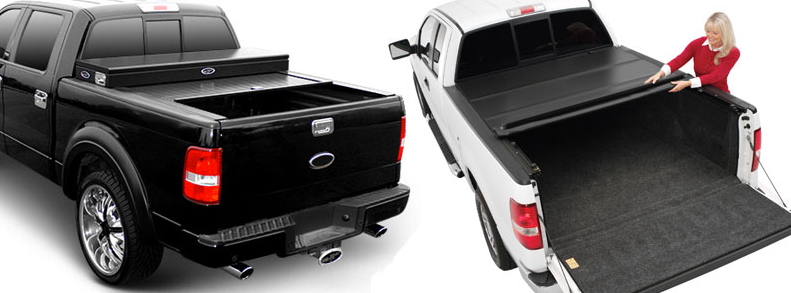
Truck bed cover types
Soft tonneau covers usually consist of a roll-up or foldable design, providing quick access to the truck bed.
Hard covers are constructed from durable materials such as aluminum, fiberglass, or hard plastic, providing enhanced security.
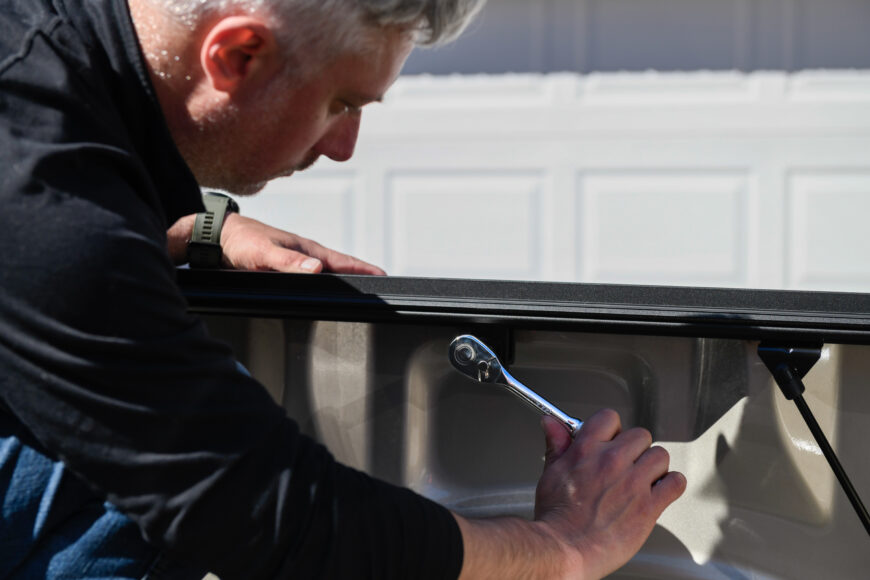
Folding covers typically consist of multiple panels that fold back, allowing for partial or full access to the truck bed.
Retractable covers can be rolled or pulled back into a housing unit, offering convenience and security.
Pre-installation preparation
Proper pre-installation preparation is essential for a successful tonneau cover installation.
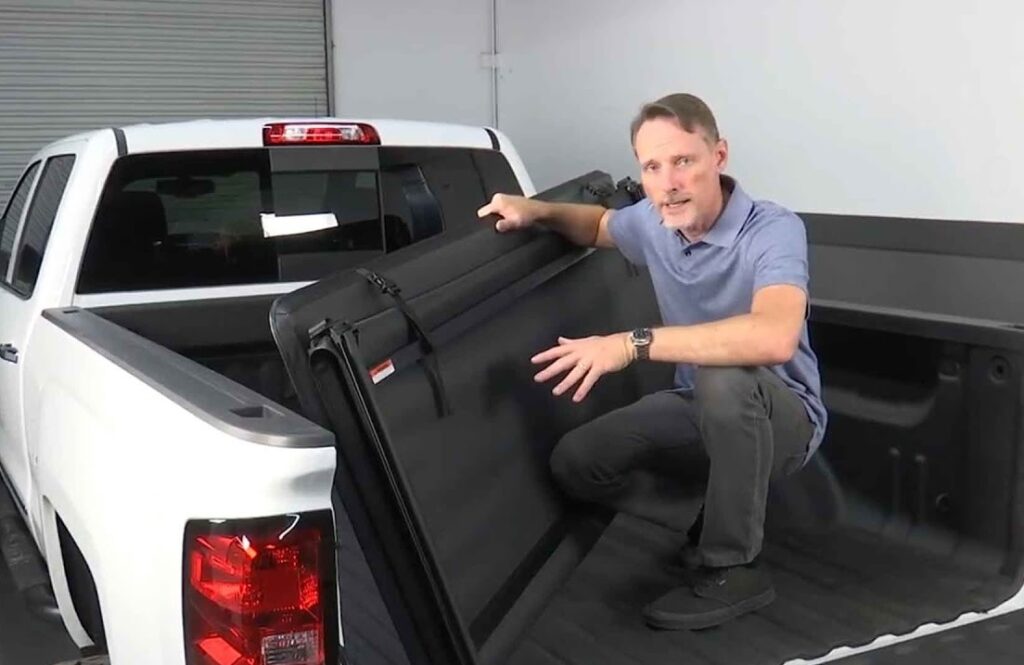
Gather necessary installation hardware
Typical tools might include a socket wrench set, a tape measure, a drill with bits, a utility knife, and any specific tools recommended by the tonneau cover manufacturer.
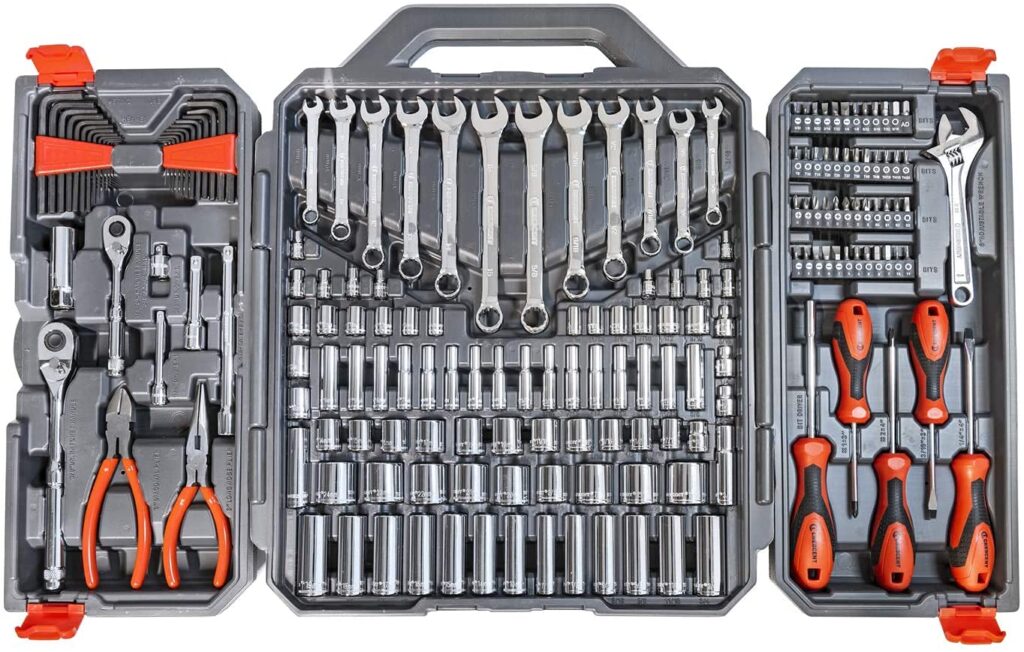
Additionally, ensure you have the cover itself, clamps or mounting hardware, and any additional components mentioned in the instructions.
Clean the truck bed area
Prepare the truck bed by thoroughly cleaning it before tonneau cover installation. Remove any debris, dirt, or dust from the bed’s surface to ensure a clean and smooth installation.
Step-by-step tonneau cover installation
Positioning the truck bed cover:
- Place the tonneau cover assembly on the truck bed according to the manufacturer’s instructions.
- Ensure proper alignment and positioning.
Attaching the cover rails (side rails) or clamps:
- Install the bed rail or rear clamps provided with the tonneau cover kit.
- Securely fasten the side rail/bed rail to the truck bed, ensuring proper fitment.
- If there is a third clamp available, securely fasten it to the rail’s midway point as well.
- If the vehicle has a bed liner that is blocking accessibility to the holes, you might have to drill through the bed liner to be able to feed the drain tubes.
Securing the cover in place:
- Once aligned, fasten or lock the cover securely as per the manufacturer’s instructions.
- Double-check all attachment points to ensure the cover is tightly secured to prevent any potential movement or shifting during use.
Testing functionality and adjustments:
- Test the functionality of the tonneau cover by opening and closing it several times.
- Verify that the assembled cover operates smoothly without any obstructions or misalignments.
Installation variations based on cover type
Understanding installation variations based on tonneau cover types helps users anticipate the specific requirements and complexities involved.

Soft covers
Installation method: soft covers typically involve a simpler installation process compared to hard covers. Roll-up and foldable covers often use clamps or rails that attach to the bed’s sides without drilling.
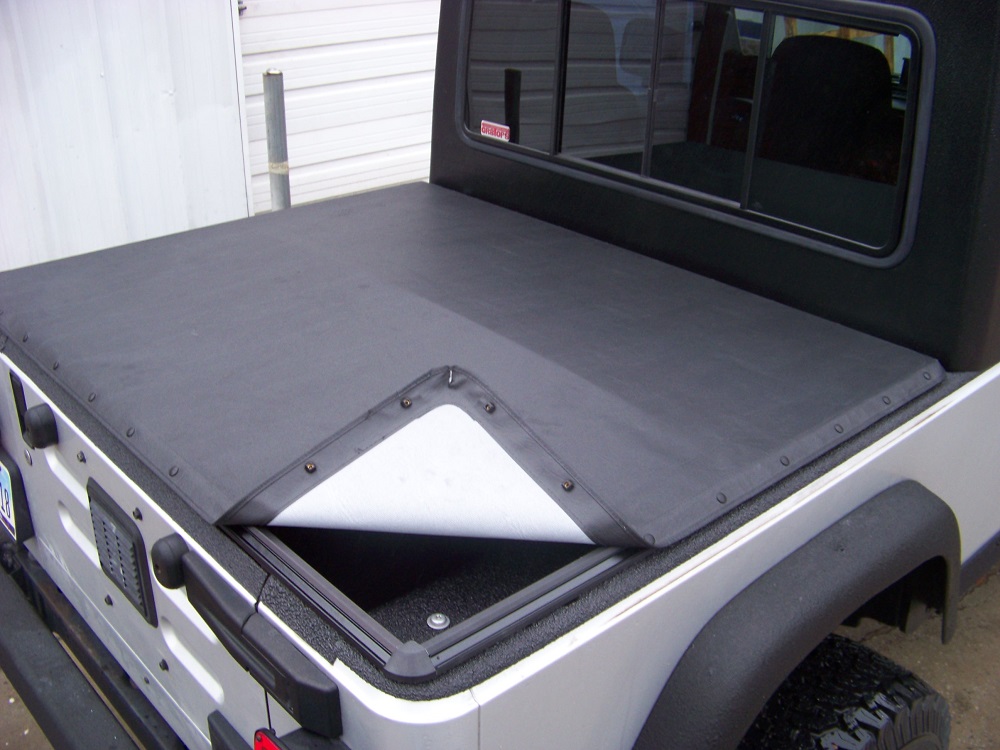
Flexibility: due to their flexible nature, soft covers may require adjustments to ensure proper tension and fitment to prevent sagging over time.
Considerations: some variations might involve the type of material used or the mechanism for securing the cover, such as hook-and-loop fasteners or snaps.
Hard covers
Installation complexity: a hard cover may require a more involved installation process, often involving drilling or mounting brackets to secure the cover to the truck bed.
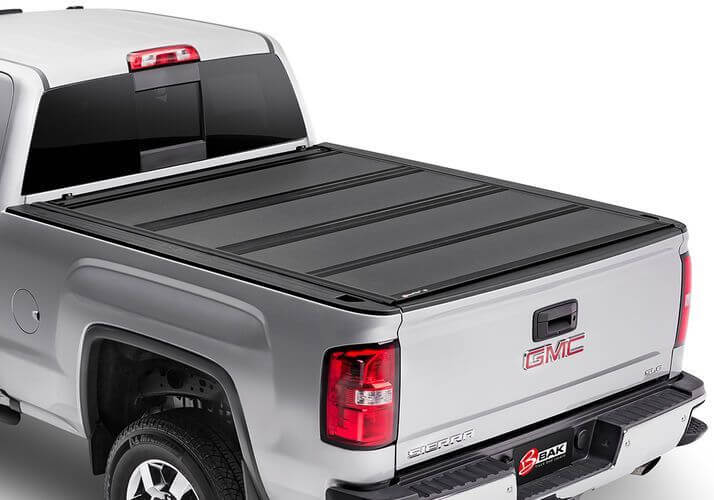
Precision and alignment: most covers of this type demand precise alignment during installation to ensure a proper fit and functionality. Proper sealing and weatherproofing may also be critical factors.
Security features: hard covers commonly feature more robust locking mechanisms for enhanced security, necessitating careful installation to ensure proper functionality.
Folding covers
Panel installation: folding covers have multiple panels that need to be connected and aligned during installation. This might involve attaching hinges or locking mechanisms between the panels. Release the rear-most part of the folded cover forward and flip it to lay flat on the other part to fold it.
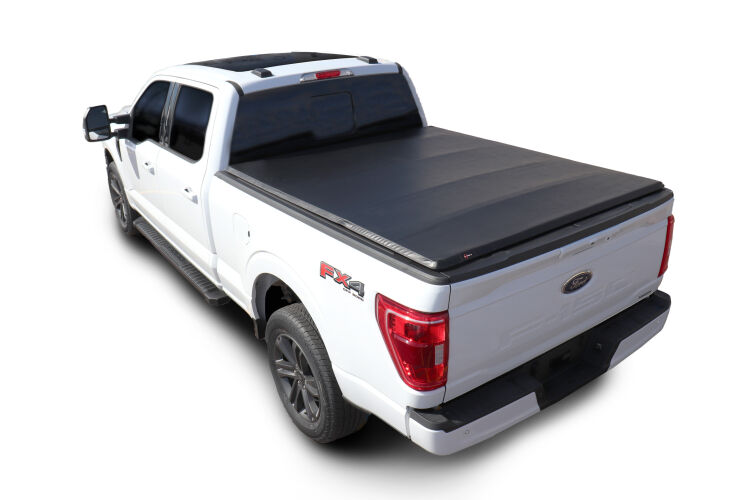
Adjustability: the installation of folding covers may allow for adjustments in panel positioning to accommodate different cargo sizes or to achieve desired access to the truck bed.
Retractable covers
Mechanism installation: retractable covers involve setting up the retracting mechanism, which might require more steps compared to other cover types.
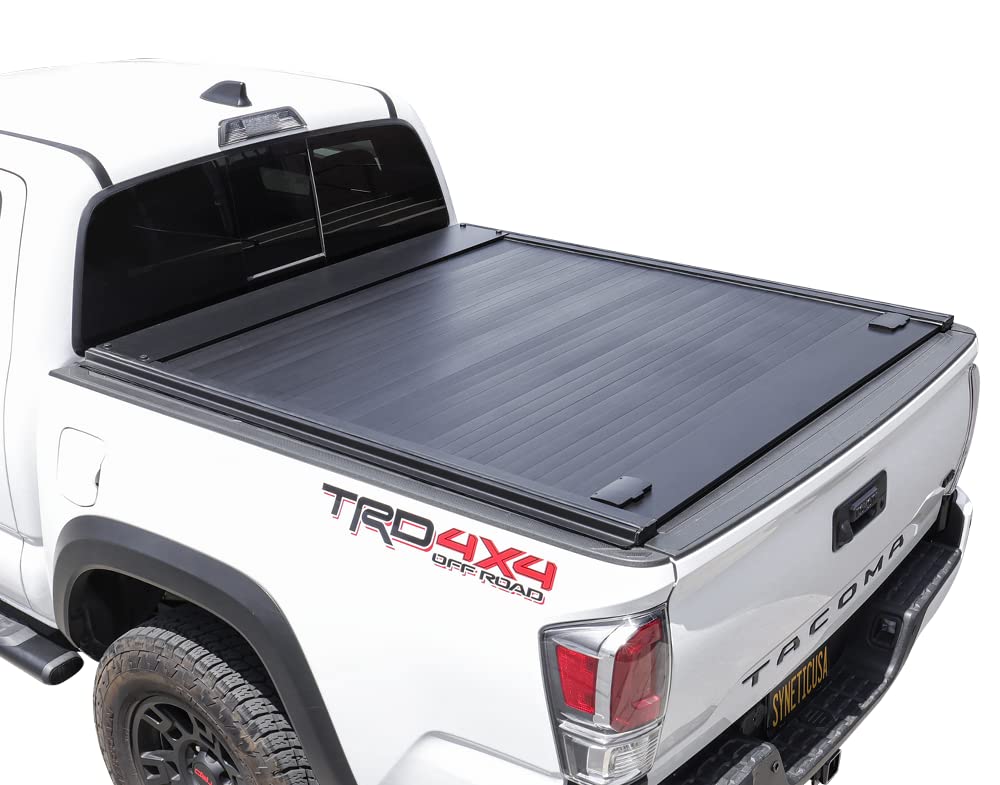
Motorized vs. manual: installation variations might arise based on whether the retractable cover is motorized or manually operated, requiring specific considerations for wiring or additional hardware.
Troubleshooting common issues
Ensuring proper alignment:
- Issue: misalignment can lead to an uneven fit, causing potential gaps or difficulty in opening and closing the tonneau cover.
- Solution: recheck the alignment of the cover along the bed edges, adjusting mounting points or rails/clamps to achieve proper alignment.
Loose or tight fitment:
- Issue: The cover may be too loose, causing flapping or shifting during driving, or too tight, making it challenging to close or potentially damaging the cover.
- Solution: For a loose fit, tighten mounting points or adjust tension settings if applicable. Conversely, if too tight, loosen clamps or rails slightly to provide adequate clearance without compromising security.
Leaks or gaps:
- Issue: Leaks or gaps can compromise weather resistance, allowing water or debris to enter the truck bed.
- Solution: Inspect the seal integrity around the edges of the cover. Ensure the weather strip and seals are properly positioned and not damaged. Consider applying an additional weather strip or sealant to problematic areas to prevent leaks.
Conclusion
Investing time in proper installation and addressing potential issues ensures a well-fitted tonneau cover, providing enhanced protection and functionality for your truck bed.
FAQ
Can you install a tonneau cover yourself?
Yes, most tonneau covers come with installation instructions for DIY installation.
How long does a tonneau cover take to install?
Installation times vary but typically take around 30 minutes to a few hours, depending on the cover type and complexity.
Do you have to drill holes to install tonneau cover?
Some covers require drilling for installation, while others use clamps or rails that don’t need drilling.
Do you need bed rails for a tonneau cover?
Some tonneau covers require bed rails for installation, while others may use clamps or other mounting mechanisms depending on the cover type and design.
Can I install a tonneau cover myself?
Yes, many covers are designed for self-installation, but it’s important to follow the manufacturer’s instructions carefully for proper installation at your own risk.
How to install a tri-fold cover?
Installing a tri-fold tonneau cover typically involves these steps:
Place the tri-fold cover onto the bed.
Unfold the cover and align it properly on the bed rails.
Secure the tri-fold cover’s front clamps or latches to the bulkhead of the truck.
Unfold the cover panels, folding them towards the cab of the truck. Attach the provided straps or clips to secure the folded sections in place.
